PADI specialties in Tabarca
PADI NITROX enriched air diving course
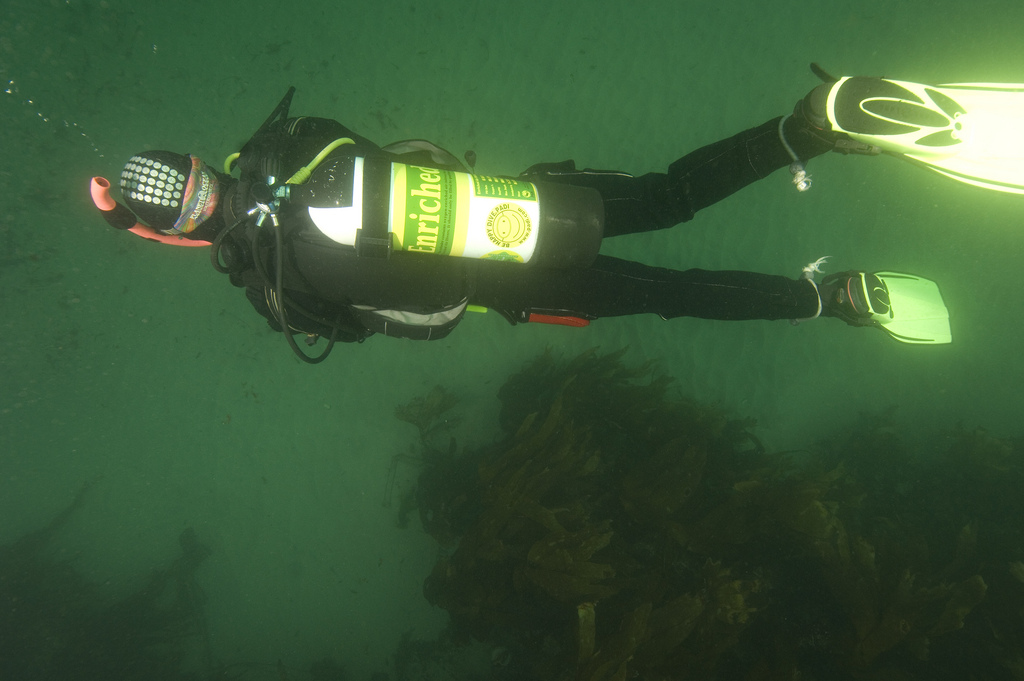
The PADI Diving course with enriched air is one of the most interesting specialty courses. Diving with enriched air gives you more time to dive without decompression. It means more time underwater, especially in successive and simple dives with depths greater than 20 meters.
This course enables you to dive with Nitrox up to 40% of O2.
If you do this course with us, every time you come to dive at our center, you can dive with Nitrox without having to pay a supplement for it (for a limited time).
The Nitrox diver course consists of:
2 dives with Nitrox
1 theoretical class
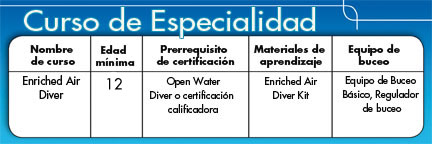
The PADI Deep Diving Course
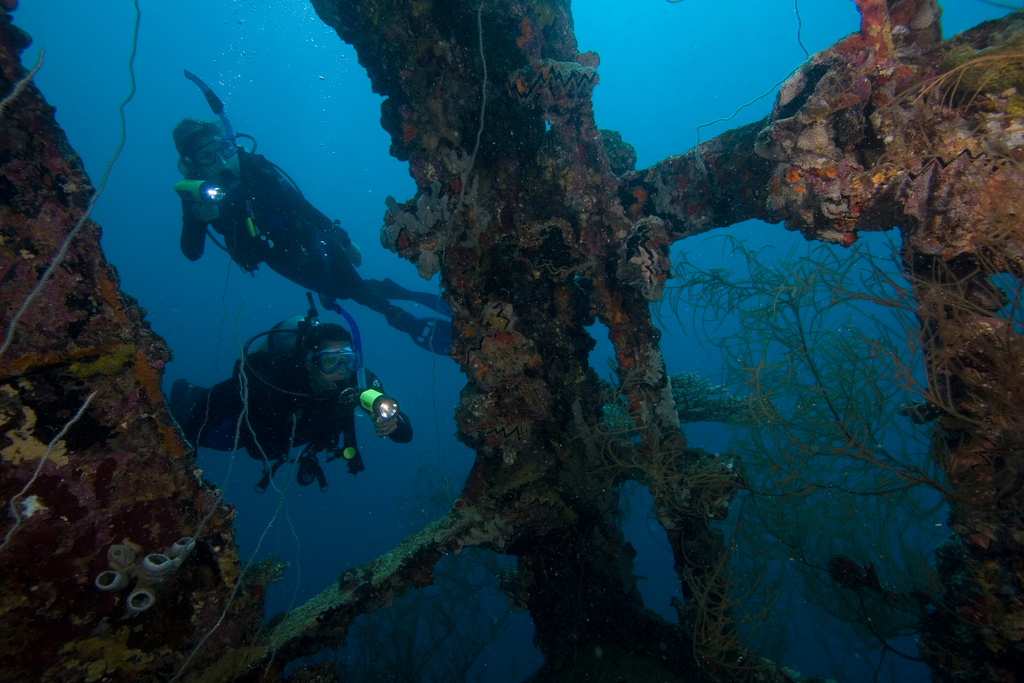
After your first dives, you’ll soon want to explore a little deeper. There is something exciting and amazing in the depth that attracts divers.
The fun part
The fun part of this course is the opportunity to explore the depths. It is hilarious.
What will you learn?
Diving techniques for depths between 18 and 40 meters / 60-130 feet.
Considerations on equipment for deep diving.
Experience in the planning, organization and execution of at least four deep dives under the supervision of your PADI Instructor.
The PADI course of Diving in sunken ships

Whether it has been purposely sunken as an artificial reef or as the result of an accident, wrecks are fascinating windows open to the past. Most divers find sunken ships, planes and even cars an almost irresistible attraction because they are intrigued to explore, in exciting adventures of discovery and in the aquatic life that usually swarms with them. The PADI course of sunken ship diving teaches you the details of the rewarding responsible diving in wrecks.
The fun part
The fun part of the PADI Wreck Diver course is to visit the wrecks, unravel the mysteries and begin to acquire the knowledge and experience necessary to see things that others overlook. Sometimes, only the trained and experienced eye recognizes that a small hole or open door was probably the cause of the ship’s disappearance.
- Scuba diving techniques of sunken ships and how to avoid the most common hazards.
- How to research and learn the environment of your favorite wrecks.
- Considerations about wreck diving equipment.
- Considerations and techniques to enter intact wrecks.
- Experience in planning, organizing and conducting at least four wreck dives under the supervision of your PADI Instructor.
PADI Diving Course with dry suit

Do you want to be warm in a dive? Then dive dry. Yes! Unlike a wet suit, a dry suit isolates you from the outside water and keeps you warm! Even in surprisingly cold water.
The fun part
Dry suits allow you to dive in more challenging places, while extending your diving season. When you wear the clothing to dive in cold water, you can fight against the elements and benefit, generally, from the best visibility offered by the winter months – especially in dive sites in the interior such as dams, lakes, sinkholes, caverns, etc. As a diver with a dry suit, you are equipped to dive in some of the incredible dive sites of the world in the coldest regions of the world where you can enjoy a dry suit even in its warmer months.
What will you learn?
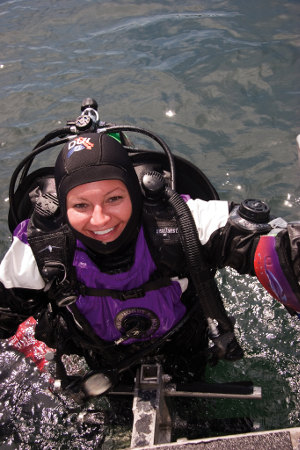 Acquire the knowledge and skills to dress safely, dive, remove and store the dry suit. Know the different types of suits so you can make a well informed decision if you decide to buy a dry suit. You’ll learn:
Acquire the knowledge and skills to dress safely, dive, remove and store the dry suit. Know the different types of suits so you can make a well informed decision if you decide to buy a dry suit. You’ll learn:
- Buoyancy control techniques with dry suit.
- Dry suit maintenance, storage and basic repairs.
- Insulating underwear options (wool or underwear of all kinds used under the dry suit).
PADI First Aid Course
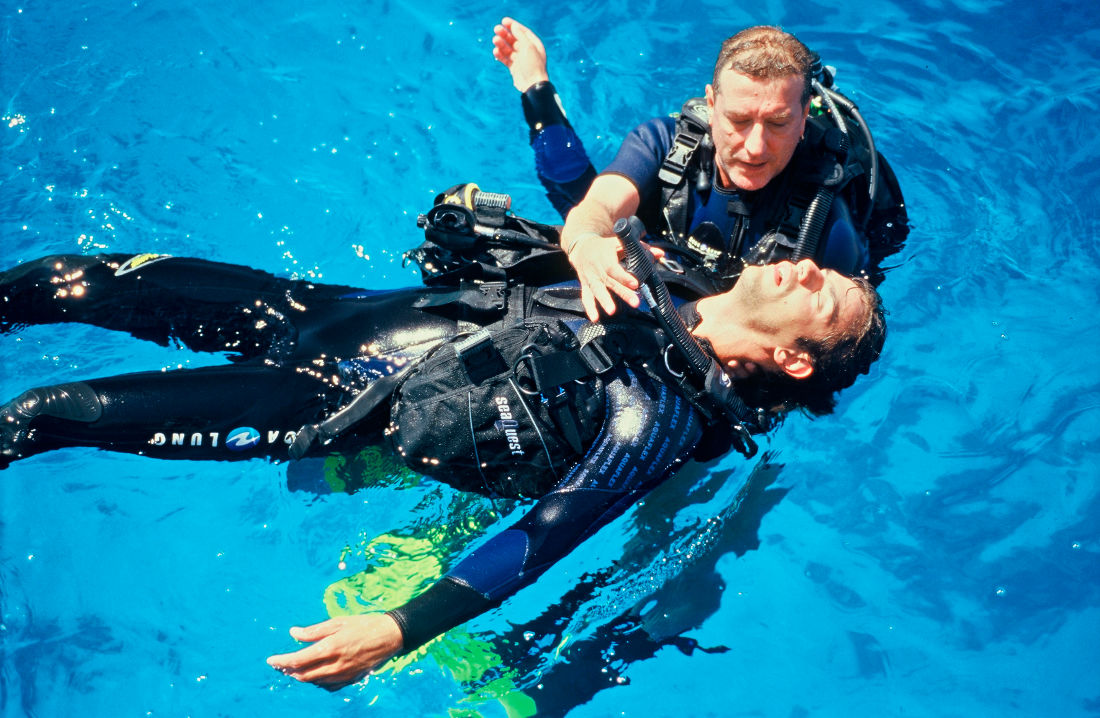
First Aid and CPR are good skills for those who are involved in adventure sports, for what might happen. And you need these techniques for the PADI Rescue Diver course.
The EFR course is composed of a theoretical class.
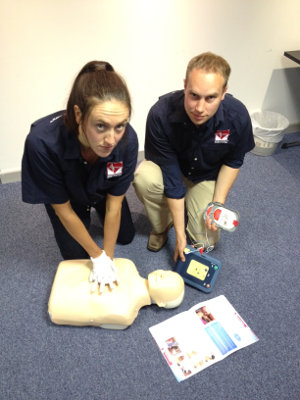 What will you learn in the EFR Courses of Primary Care and Secondary Care?
What will you learn in the EFR Courses of Primary Care and Secondary Care?
- BLS (Basic Life Support) CPR and rescue breaths at a non-professional level.
- Use of the AED (automatic external defibrillator) (depending on availability).
- Prevention and treatment of a shock.
- Management of spinal injuries.
- Use of barriers to reduce the risk of disease transmission.
- Considerations on basic first aid and first aid equipment.


